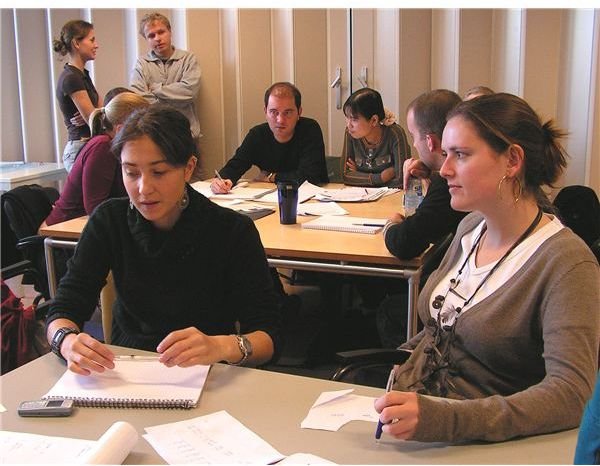Understanding the Relationship Between Participative Management and Job Satisfaction
Introduction
In difficult economic times, organizations need to maximize the performance of all employees. Recruiting, hiring, and retaining the most qualified staff often depends on building a collaborative environment. Participative management techniques allow company leaders to foster an atmosphere in which employees can contribute to company decisions. Inspired and motivated employees tend to stay with the company. Minimizing employee turnover saves the company money, improves overall morale, and reduces disruptions and distractions in providing quality products and services to customers. Participative management actions, such as sharing information, providing training and development opportunities, soliciting employee input, and issuing rewards for suggestions and ideas, typically result in high levels of employee satisfaction.
Information Sharing
When managers consistently keep employees informed about upcoming changes, employees trust and respect their leadership. Leaders should regularly share information, both good and bad, to keep employees informed. Otherwise, employees waste time gossiping or jumping to the wrong conclusion. People adjust more readily to change when managers present the vision, benefits, and timeline in a realistic fashion. Monthly meetings, newsletters, email, and other communication can provide employees with the information they need to feel secure in their jobs. When managers ask for feedback about change, such as process changes or organizational restructuring, employees get the chance to air their concerns and seek resolution for problems that may arise as a result of the change. Employees who help implement the change become more likely to be satisfied with the outcome.
Training and Development
Aligning each new employee with a seasoned expert serves to ensure a smooth transition for the recently hired employee, minimizing job dissatisfaction and disorientation. Providing opportunities to learn new skills and knowledge benefits both employees and employers. Employees who have the chance to learn new tips and techniques usually develop a sense of loyalty to the organizations and managers that enable their success. Adept employees produce products and services in an efficient, cost-effective manner. To facilitate continuous learning and development, organizations need to maintain an adequate training budget and encourage employees to pursue advanced degrees, certifications, or even just an occasional seminar, workshop, or lecture. When employees are allowed to explore career development, they tend to be grateful for the opportunity and more satisfied with their job knowing that promotions and advancement exist for those who are willing to work for it.
Decision Making
Employees who have the opportunity to contribute to company decisions tend to be more invested in their work. Managers who motivate their employees by recognizing and rewarding top performers foster environments where productivity gains contribute to ongoing success. Managers can solicit input through meetings, surveys, and discussions to generate realistic work schedules and budgets as well as policies and procedures. Employees who influence the decisions tend to feel empowered and experience a more positive level of job satisfaction than employees faced with insurmountable challenges and little opportunity to express discontent.
Conclusion
To remain competitive, companies need to hire and retain the best staff. Effective teams rely on the expertise of all members. Using participative and democratic leadership techniques to involve employees in company planning and execution usually results in higher levels of employee job satisfaction, loyalty, and motivation. Additionally, involving employees often reduces a manager’s workload, increasing his job satisfaction as well.
References and Image Credit
Northouse, Peter Guy. Leadership: theory and practice. 3rd ed. Thousand Oaks, Calif.: Sage, 2004.
Image Credit: [Wikimedia Commons, Michielvd](/tools/Image Credit: Participative Management Leads to Job Satisfaction - Wikimedia, Michielvd)
